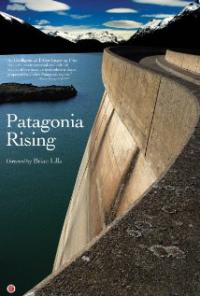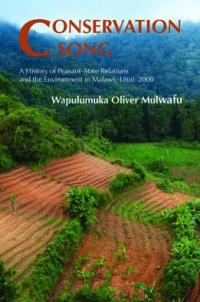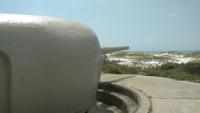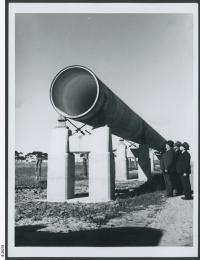Patagonia Rising. A Frontier Story of Water and Power
Patagonia Rising gives voice to the Gauchos, a frontier people dependent on the Baker and Pascua river systems, who are caught in the struggle between Chile’s pro-dam business sector, clean energy proponents and the country’s rising energy demand.











